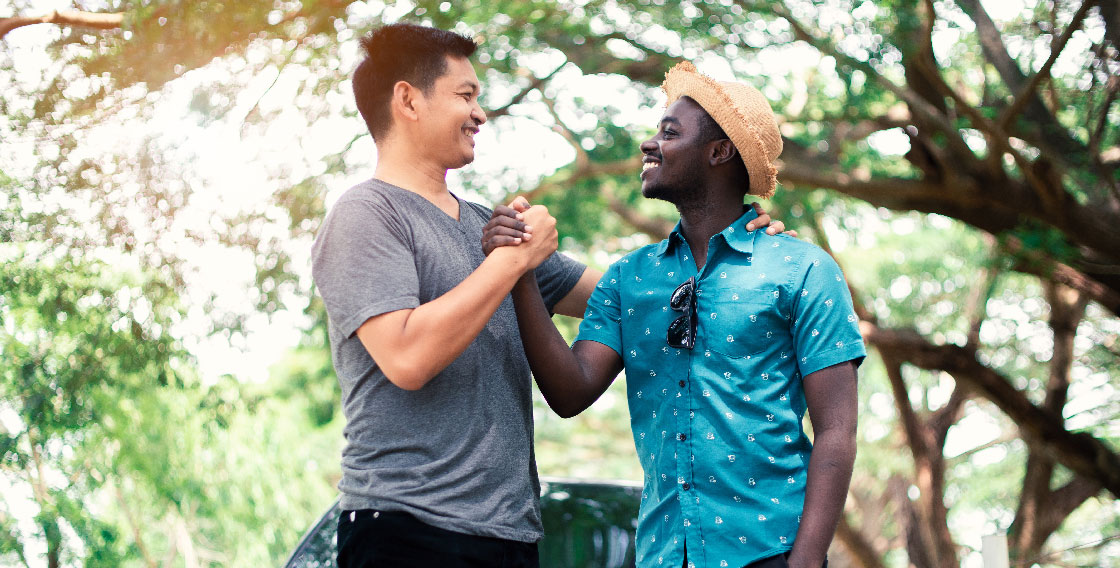As we go about traveling the roadways, unfortunately, accidents can and do occur. Although you can never adequately prepare yourself for the event of an accident, there are seven steps you should take after a crash, regardless of who is at fault. By completing each of the following steps, you will not only help ensure all involved are safe, but you will be able to begin the process of submitting your insurance claim for a vehicle replacement or collision repair.
1. Check Yourself for Injuries
After an impact, you may find yourself a bit shaken, but before you start to worry about your car and any collision repair, you must call 911 if you are injured. If you are unable to call, ask someone else to call for you. If seriously injured it is essential you try not to move and wait for emergency personnel.
2. Check on Your Passenger(s)
If you are not physically injured, it is necessary you take a moment to check on other passengers in your vehicle. If they are in need of medical attention, call 911 or ask a bystander to call them for you. If at all possible, stay with him or her to keep them still and conscious.
3. Get to Safety
If you can move and your car is safe to drive and is posing a danger where it is, pull the vehicle over to the side of the road. If the car cannot be driven, turn off the engine and turn on your hazard lights or set out road flares. Promptly get yourself to safety.
4. Call 911
If you have not already done so, it is vital you contact 911, which in many states is legally required regardless of the severity of the collision. The responding officers will take statements, document the accident and fill out police reports for all parties to use in their insurance claim or collision repair process.
5. Exchange Info
After completing the above steps, you need to exchange contact and insurance information with the other driver(s). According to the Insurance Information Institute, the most important information that should be shared include:
- Full names and contact info
- Insurance companies and policy numbers
- Driver’s licenses and license plate numbers
- Type, color, and model of vehicles
- Location of the accident

It is recommended you do not discuss who is at fault with any of the parties involved. Your insurance adjuster who reviews your claim for collision repair or a car replacement will make that determination.
6. Document the Accident
To protect yourself, it is suggested you document the accident. This process involves taking pictures of the damage to all cars involved, from as many angles as feasible. It would help if you also take down the names of all parties, including passengers. Talk to eyewitnesses and note their contact information if they are willing to provide it. Identify the officers who responded and inquire on how you can obtain a copy of the accident report.
7. Contact Your Insurance
Call your insurance company and begin the claims process. This call can be initiated while you are still at the scene if possible, otherwise, wait until you return home. The agent or representative will discuss what you can expect including any needed collision repair.
If you find yourself involved in an accident you will want a dependable collision repair company to perform your vehicle’s restoration. At San Diego Auto Body & Paint we bring over 30 years of collision repair.